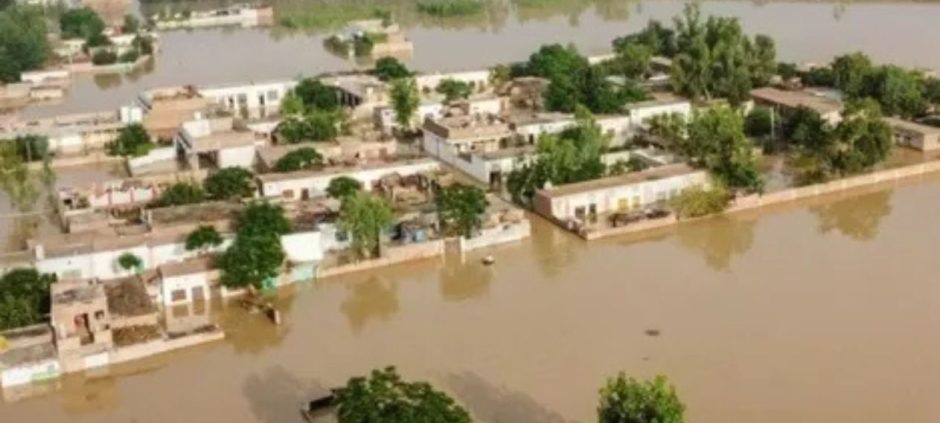International aid pledges made in response to Pakistan’s devastating 2022 floods have fallen short of expectations. Out of the $10.4 billion promised by international donors, only $4.69 billion has actually been delivered, raising concerns about the country’s ability to rebuild and prepare for future disasters.
The keyword 2022 flood aid reflects the scale of the issue, as thousands of families continue to live in fragile shelters, waiting for rehabilitation and infrastructure repair. The shortfall has left both government and relief agencies struggling to keep up with urgent recovery needs.
2022 flood aid and Pakistan’s recovery challenges
Experts highlight that the aid gap is a major obstacle to long-term resilience. With only a fraction of the pledged support received, Pakistan faces ongoing challenges in housing, health, and agricultural recovery. According to officials, much of the available funding has gone into immediate relief efforts, leaving little for sustainable development.
Some of the key areas most affected by the shortage of funds include:
- Housing reconstruction: Thousands of families remain without permanent shelter.
- Agriculture: Farmers lost vast areas of cropland, and many are still unable to restart cultivation.
- Infrastructure: Roads, bridges, and schools in several flood-hit areas remain damaged.
- Health services: Medical facilities in rural communities continue to struggle with limited resources.
Why the 2022 flood aid matters for the future
The failure to deliver the full amount of 2022 flood aid not only slows current recovery but also undermines disaster preparedness. Climate experts have warned that Pakistan remains highly vulnerable to extreme weather events, with rising river levels and the threat of future floods still looming.
As recent flood alerts in Lahore highlight, the country’s ability to respond effectively depends on both local resources and international support. Without consistent aid, millions of people living in disaster-prone areas remain at risk.
Government officials continue to urge international partners to fulfill their commitments. Meanwhile, local organizations stress the importance of transparency in aid distribution to ensure that funds reach those most in need.
The road ahead for Pakistan
Pakistan’s experience with the 2022 flood aid shortfall underscores a larger issue of global responsibility. Countries most affected by climate change are often those least equipped to handle the consequences. For Pakistan, bridging the aid gap is not only about recovery but also about resilience and preparation for future disasters.
With the next monsoon season already raising concerns, the need for timely funding and effective planning has never been greater. Experts warn that without immediate action, communities in flood-prone regions could once again face devastating consequences.











